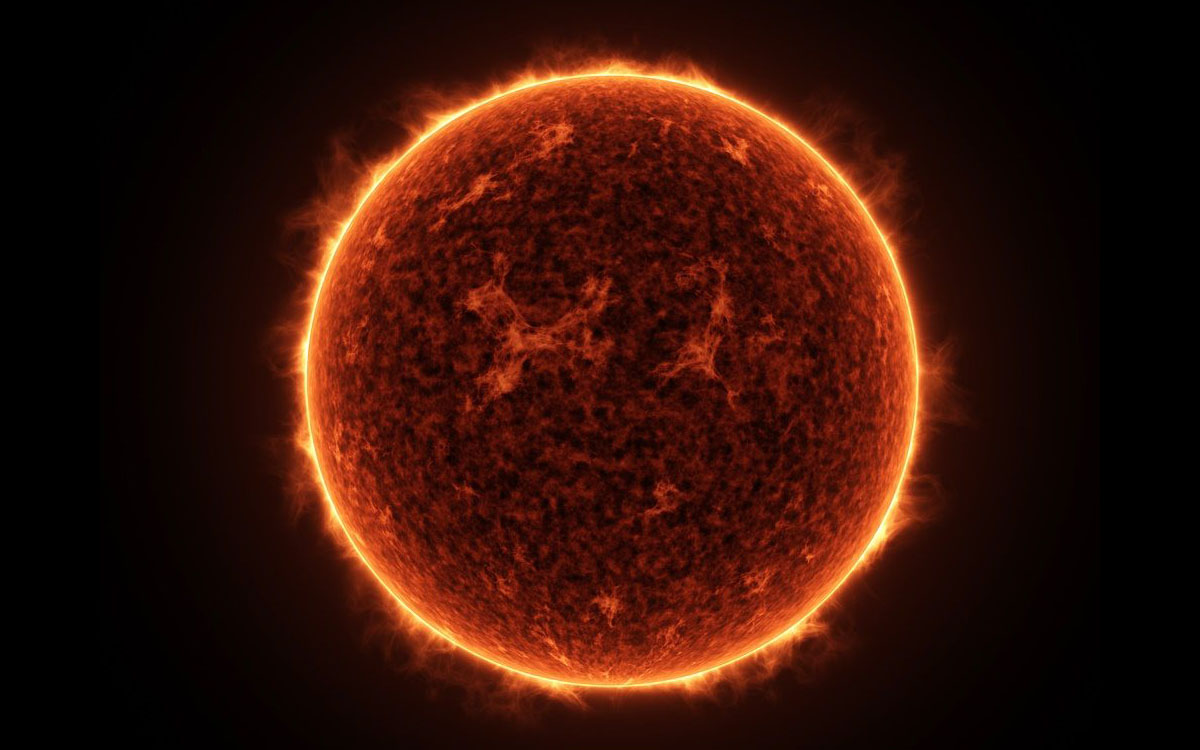turns out the oldest known star in the universe is in our backyard

When we think of the first stars, we generally imagine massive, fast burning giants that live for a few million years, then detonate into massive clouds of dust and heavy elements speeding away from a whirling neutron star or a ravenous black hole. On the surface, it makes sense. The early universe was denser and pristine gases disrupted by gravity kept colliding and collapsing into new stars that quickly accreted mass. But a recent discovery with an extremely complicated name in our own cosmic backyard challenges this assumption.
A star known as 2MASS J18082002-5104378 B just 2,000 light years from Earth seemed like a completely unremarkable red dwarf, the common type of star there is. But unlike red dwarves with which we’re familiar, this star has an extremely low metallicity. In fact, it has virtually no heavy elements in it at all, indicating that it’s incredibly old and formed out of the nearly pristine gas of the early universe unlike younger stars that carry traces of heavier elements formed in the nuclear furnaces of their progenitors. This nearly 13.5 billion year old ball of plasma then drifted through space to end up right in our stellar neighborhood.
But how did it survive for so long? Red dwarves’ low mass means they burn their fuel slowly, surviving for tens of billions of years and possibly hosting stable habitable worlds that give life lots of opportunities to evolve. 2MASS J18082002-5104378 B was here long before the sun’s grandparent was born, and it could well be floating around the galaxy formed when Andromeda collides with the Milky Way as the white dwarf left behind by the sun cools into a dark shadow of itself. Once can even imagine a deep space probe in the far future trying to collect data about one of the universe’s oldest stars.
It’s not likely we’ll see any surprises. After all, there wasn’t much floating around after the Big Bang other than hydrogen, helium, and some traces of lithium. From a chemical standpoint, 2MASS J18082002-5104378 B is probably quite boring. However, in science, you never know until you look and it’s not impossible that we might find a slight variation from the expected, leading us to ask more questions and figure out just a little more about the first days of space and time. If you account for the time period involved, even tiny discrepancies from this early era could end up explaining a lot of subtle things we see today even if the findings are hardly revolutionary.
While the idea of small stars being formed only a few hundred million years after the Big Bang isn’t entirely new, this is the first time we’re seeing evidence that our simulations were accurate and leftover matter that didn’t form massive stars at the dawn of the universe managed to create lower mass stars, including a large number of red dwarves. And lucky for us, one of these objects just so happened to be close enough to detect and study, meaning that there are bound to be countless other primeval stars floating around the cosmos, just waiting for us to discover and give us a peek into the dawn of space and time as we know it.
See: Schlaufman, K., et al., An Ultra Metal-poor Star Near the Hydrogen-burning Limit, The Astrophysical Journal, Vol 867, No 2, DOI: 10.3847/1538-4357/aadd97





